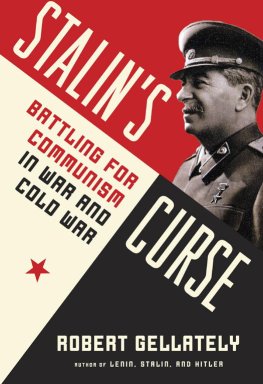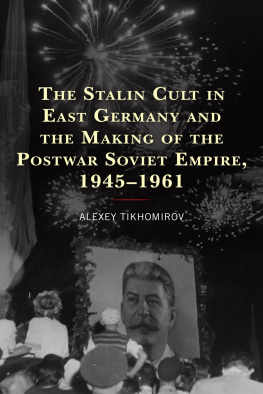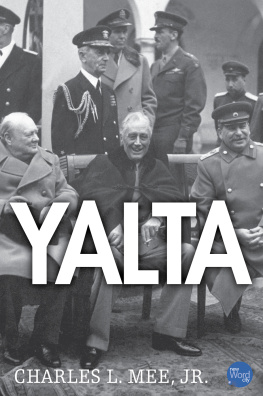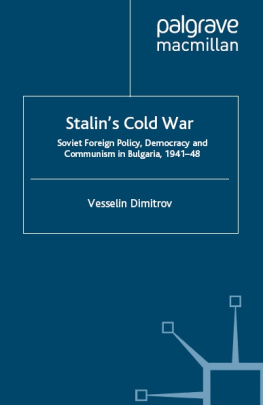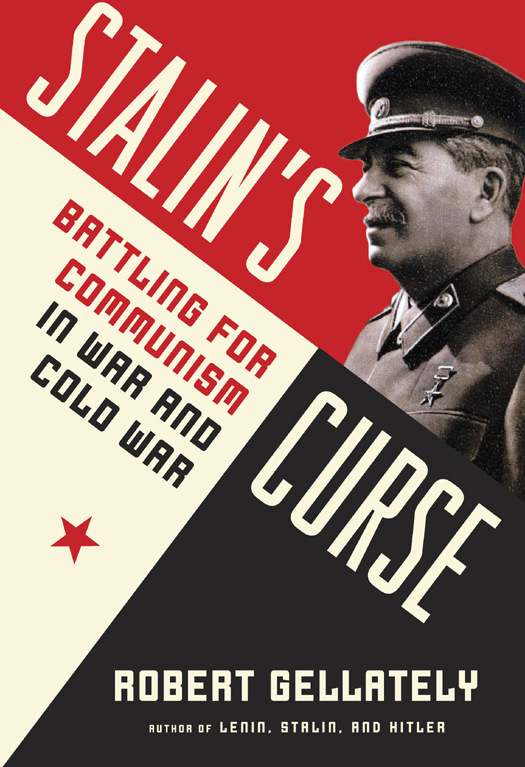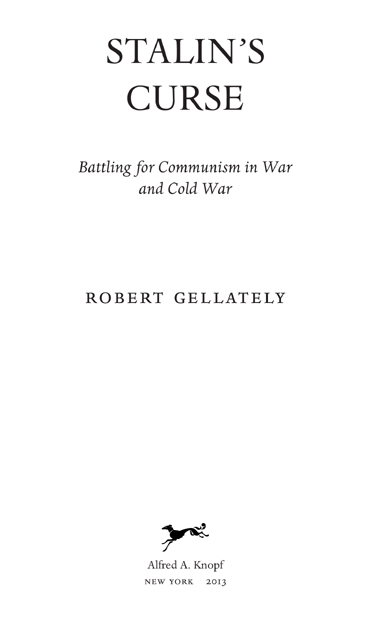THIS IS A BORZOI BOOK
PUBLISHED BY ALFRED A. KNOPF
Copyright 2013 by Robert Gellately
All rights reserved. Published in the United States by Alfred A. Knopf,
a division of Random House, Inc., New York, and in Canada by
Random House of Canada Limited, Toronto.
www.aaknopf.com
Knopf, Borzoi Books, and the colophon are registered trademarks of Random House, Inc.
eBook ISBN: 978-0-307-96235-5
Hardcover ISBN: 978-0-307-26915-7
Library of Congress Cataloging-in-Publication Data
Gellately, Robert.
Stalins curse : battling for communism in war and Cold War / by Robert Gellately.
pages : maps ; cm
Includes bibliographical references and index.
ISBN 978-0-307-26915-7
1. Stalin, Joseph, 18791953. 2. Soviet UnionPolitics and government19361953. 3. CommunismEuropeHistory20th century. I. Title.
DK 268. S 8 G 44 2013
947.0842092dc23 2012028768
Front Cover photograph ullstein bild/The Granger Collection, NYC
Cover design by Linda Huang
v3.1
To Marie
Contents
Abbreviations and Glossary
Bolsheviks
Majority faction of the RSDLP, founded in 1903
Central Committee
Soviet Communist Party supreme body, elected at party congresses
Cheka (or Vecheka)
Chrezvychainaia Kommissiia (Extraordinary Commission), the original Soviet secret police, 191722; members of the secret police continued to be called Chekists even after 1922
Cominform
Communist Information Bureau, founded in 1947 as the successor to the Comintern
Comintern
Communist International organization, founded in 1919
GPUOGPU
Gosudarstvennoe Politicheskoe Upravlenie (State Political Administration)Obedinennoe Gosudarstvennoe Politicheskoe Upravlenie (Joint State Political Administration), the secret police, 192234
General Secretary
Stalins title as head of the Soviet Communist Partys Central Committee, in fact, as head of government and leader of the country
Gulag
Glavnoe Upravlenie Lagerei (main camp administration), eventually in charge of Soviet concentration camps
Kremlin
A fortified series of buildings in Moscow; also, the official residence of the Soviet head of government; also, the Soviet government
lishentsy
Soviet people without rights
NEP
New Economic Policy (192129), introduced by Lenin
NKVD
Narodnyi Komissariat Vnutrennikh Del (Peoples Commissariat for Internal Affairs), the secret police; in 1934, the OGPU was reorganized into the NKVD and named GUBG NKVD
Politburo
Main committee of the Central Committee of the Soviet Communist Party
Pravda
Main newspaper of the Bolsheviks; later the semiofficial paper of the Soviet Communist Party
Sovnarkom/SNK
Council of Peoples Commissars, the government body established by the Russian Revolution; succeeded in 1946 by Council of Ministers
Soviet
Russian word for council
Stavka
Main command of the Soviet armed forces
TASS
Telegraph Agency of the Soviet Union, the official news distributor
Vozhd
Leader, equivalent to German Fhrer
Wehrmacht
German armed forces
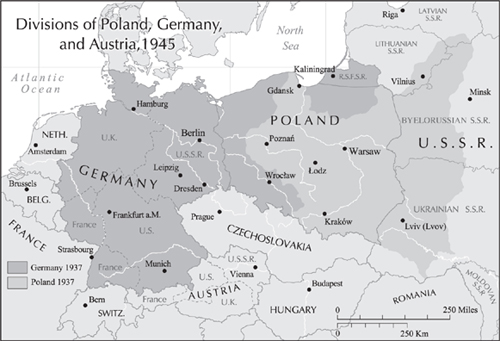
Click to see a larger image.
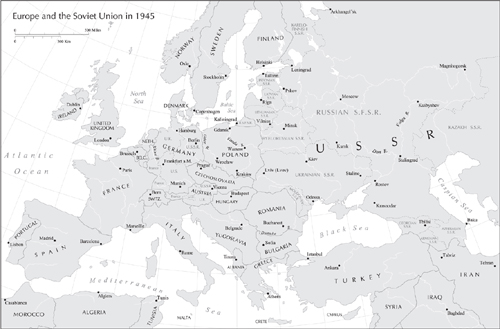
Click to see a larger image.
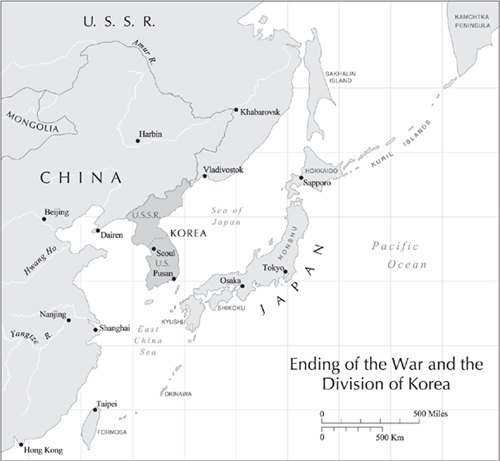
Click to see a larger image.
Introduction
N o one would have guessed it from the mug shots of one of the suspects picked up by the Russian Russian Empire.
In late 1913 the police picked him up yet again, decided they had seen more than enough, and sent him to deepest Bolsheviks were in exile as well.
The inexorable revolutionary energy in 1917 was generated by the Great War. Although in the beginning many regarded the war as a noble and patriotic affair for Imperial Russia, the years of endless deaths and sacrifice, coupled with discontent on the home front, did what several generations of dedicated rebels had been unable to do. The backlash against the war opened the floodgates of an elemental social revolution that swept away Tsar Nicholas II in February 1917 and made it possible for the Bolsheviks to return to what Lenin called the freest country in the world. When the Provisional Government continued the war, with no more success than the tsar, the revolution struck yet again in October, this time with Lenin leading the way. Fittingly enough, Stalin became the commissar of nationalities in the new government, an important post in the multinational empire of the day.
The man who would head the Kremlin for some three decades was born in Gori, Georgia, on December 6, 1878, though he routinely gave his birth date as December 21, 1879. He may have changed the date to avoid the draft at one point, but he was always secretive about his background. Indeed, the official biography he inspired, published in millions of copies before and after the Second World War, devotes little more than a dozen lines to his family and upbringing.
When Lenin became ill in 1921 and the next year was forced to spend time away from Moscow, infighting began among the party elite to determine the successor to the beloved leader. Stalin was well placed in the committees and won supporters because of his deep commitment to Leninism, his passion for the Communist ideal, combined with realism, and a ruthlessness in politics that Machiavelli would have appreciated.
Where had he found the mission to which he devoted his life and that dominated everything? Only a week after his hero died in 1924, in a speech to the Kremlins military school, Stalin attributed his boundless faith in Communism to Lenin. He pointed to Lenins Letter to a Comrade, a short pamphlet written in 1902. He had received it in the mail the following year, as he lingered in one of his exiles in the East, before he entered Lenins life. Although he told his audience in 1924 that the pamphlet had included a personal letter from its author, there had been no such message. Perhaps at the time, or on later reflection, Stalin meant that in a strange and compelling way, he felt as though Lenins





